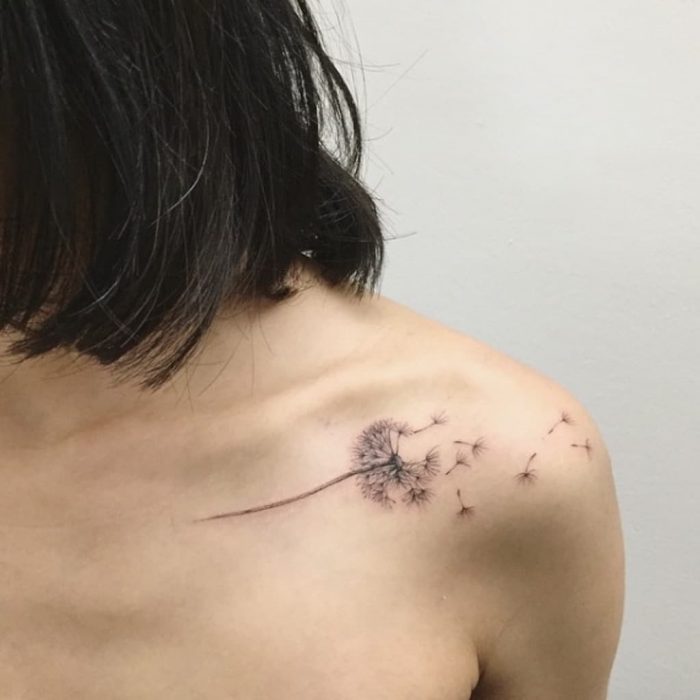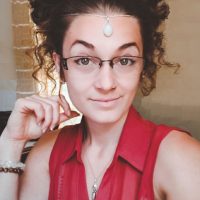“Into the darkness they go, the wise and the lovely.” ~ Edna St. Vincent Millay
~
As a child, I played hide-and-seek, but it took several years into adulthood, with pain and trauma joining the game full force, to realize I had never stopped playing.
Through trial and error, I found a stifled personality, voice, and spirit were necessary to fit into my family. This marked the birth of gaping core wounds I would later be confronted with.
Most of my life, I hid away as an introvert artist in my bedroom, clinging desperately to the small pieces of authenticity I was afforded, shrouded by graphite smudges.
Creation was my chosen escape; the vast folds of imagination were an oasis from being the focus of degrading remarks, pressures of conformity, or being required to fulfill the needs of others.
Art was the only form of self-expression I could safely explore, and it offered me the highly sought-after praise I longed to have for being myself. With each art piece, a portal emerged to explore my relationship with pain and healing.
People, environments, sounds, and situations came in waves, pulled the trigger on old memories, and created new layers of pain. My late teens and early 20s were a constant reaction to the world around me—my endurance waned, and hiding was no longer an option.
The emotional black hole of unresolved memories threatened to swallow me whole if I didn’t take the leap of responsibility for my life and address what I was feeling.
“To explore the ways in which we are wounded, is to accept the keys to a cabinet full of self-crafted soul-remedies.” ~ Tia Russo
A particular memory comes to mind. I had just finished blow-drying my hair in preparation to straighten it, and I was told I looked trashy due to the volume and frizz. Having naturally curly hair is difficult to manage in and of itself, and makes a sleek and smooth self-blowout nearly impossible.
The comment cut deeply, scoring a gash into my ego, self-worth, and self-esteem—a harsh reminder of how my authentic self wasn’t good enough to gain approval. I was devastated.
From there, the years of grooming my hair continued to stir discomfort, as an ever-present echo of rejection, until I decided to listen to what the pain had to say.
I sat with myself in stillness and met my gaze in the mirror—emotion rose almost instantly, and I listened.
My pain flared in defensive anger, mocking the rejection; it welled in my eyes—a deep sadness with an ache to belong—but something else caught my attention, something unfamiliar.
In the background, beyond the cacophony, was a small resounding voice of disbelief, speaking as if unbothered.
There, I had found her, a piece of my authentic self, hiding inside an unresolved wound as if she were never lost at all, but waiting to be remembered. I felt a shift in my perspective, confirmed by a physical sensation in my abdomen like a tight muscle loosening. I released the judgement as it was never truly mine to carry.
Taking a pause to wound walk and listen to my pain was the opportunity I needed to recover an unblemished part of my original nature and find love for myself.
The years of seeking external approval fell away like autumn leaves on a sunny day. I felt lighter and overjoyed, having finally granted myself the permission to be good enough as I am.
The practice of wound walking brings awareness to the ways our story still causes us pain, and it asks us to spend time feeling into our emotions fully, without judgement. It encourages us to reevaluate our belief systems toward ourselves and redefine the perspective we hold.
The more conscious we become of our inner workings, the more adept we become at dismantling triggers and healing the layers of pain on core wounds.
Compassion and acceptance are essential in creating the sense of safety needed to recover our authentic self. They are trusted companions when we invite our wounds to reveal themselves and become our friend.
Being vulnerable, though it has a skewed reputation, is a great show of strength and courage as we seek to understand and connect with our truth through wound walking.
Your freedom, should you choose to recover it, is just a jaunt through a memory—will you walk the journey?
Here are three steps to begin your wound walking practice:
1. Practice taking deep breaths throughout the day. This will hold you in the present moment and create space for the memories and answers to rise. As situations unfold and energies stir, take a pause to become aware of what you are feeling on a physical and emotional level, noticing any sensations and what they bring up.
2. Let your mind wander into the memory, sit with yourself without judgement, and open to discovering where the discomfort is originating from.
Invite your feelings to speak through you and create a dialog of asking questions and giving answers: “Do I believe this? Does this feel like my truth? Do I want to carry this story anymore? What do I want to see from this?”
Follow the feelings, questions, and answers and allow them to lead you toward better feelings, beliefs, and perspectives of the situation or memory you’re sitting with.
3. Conclude your wound walking by decreeing aloud what you believe to be the truth. Command it to be heard by the universe that you are shifting and healing the energies within you.
After all, the most powerful statements we make start with “I am…”
How will you finish the sentence?







Read 4 comments and reply